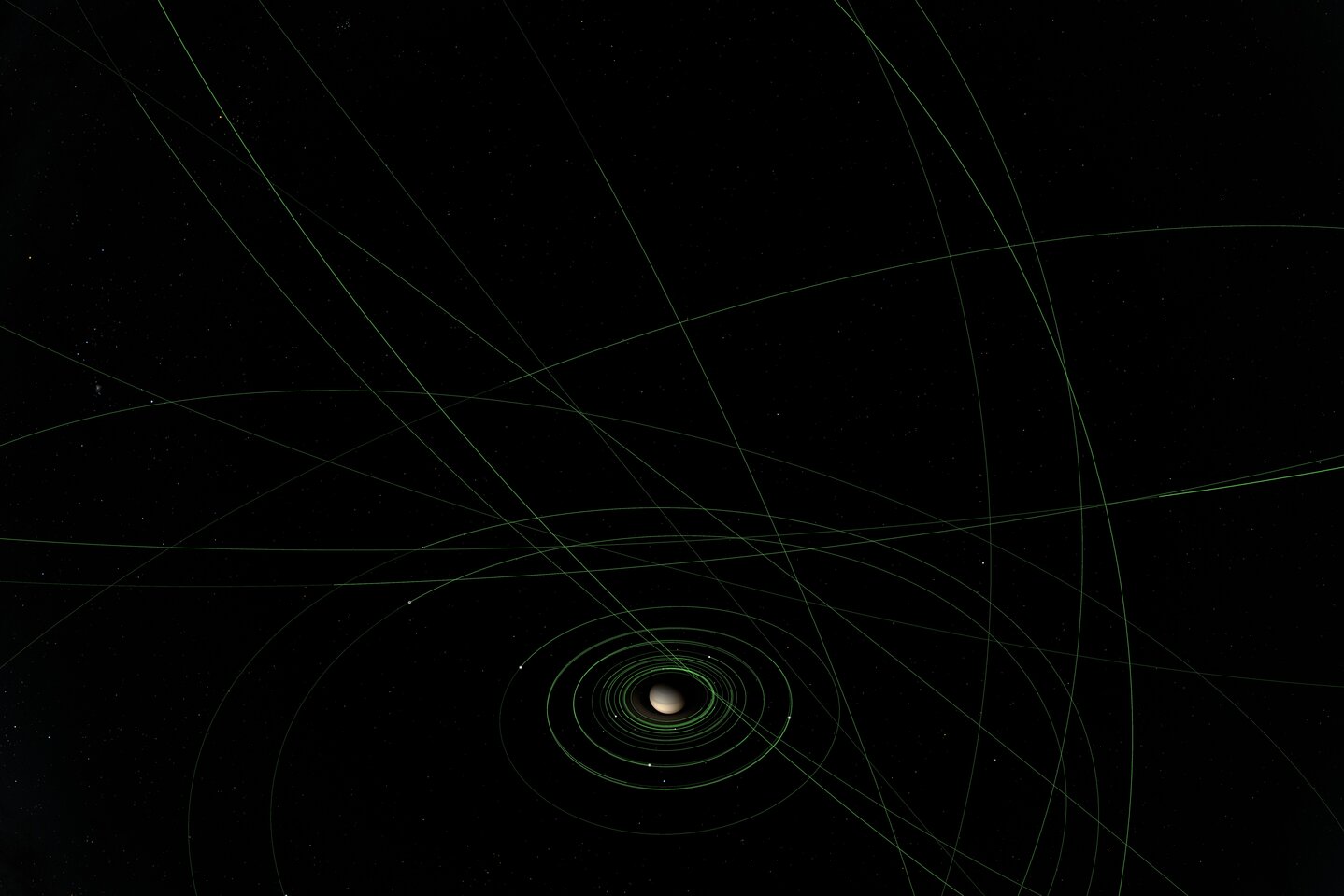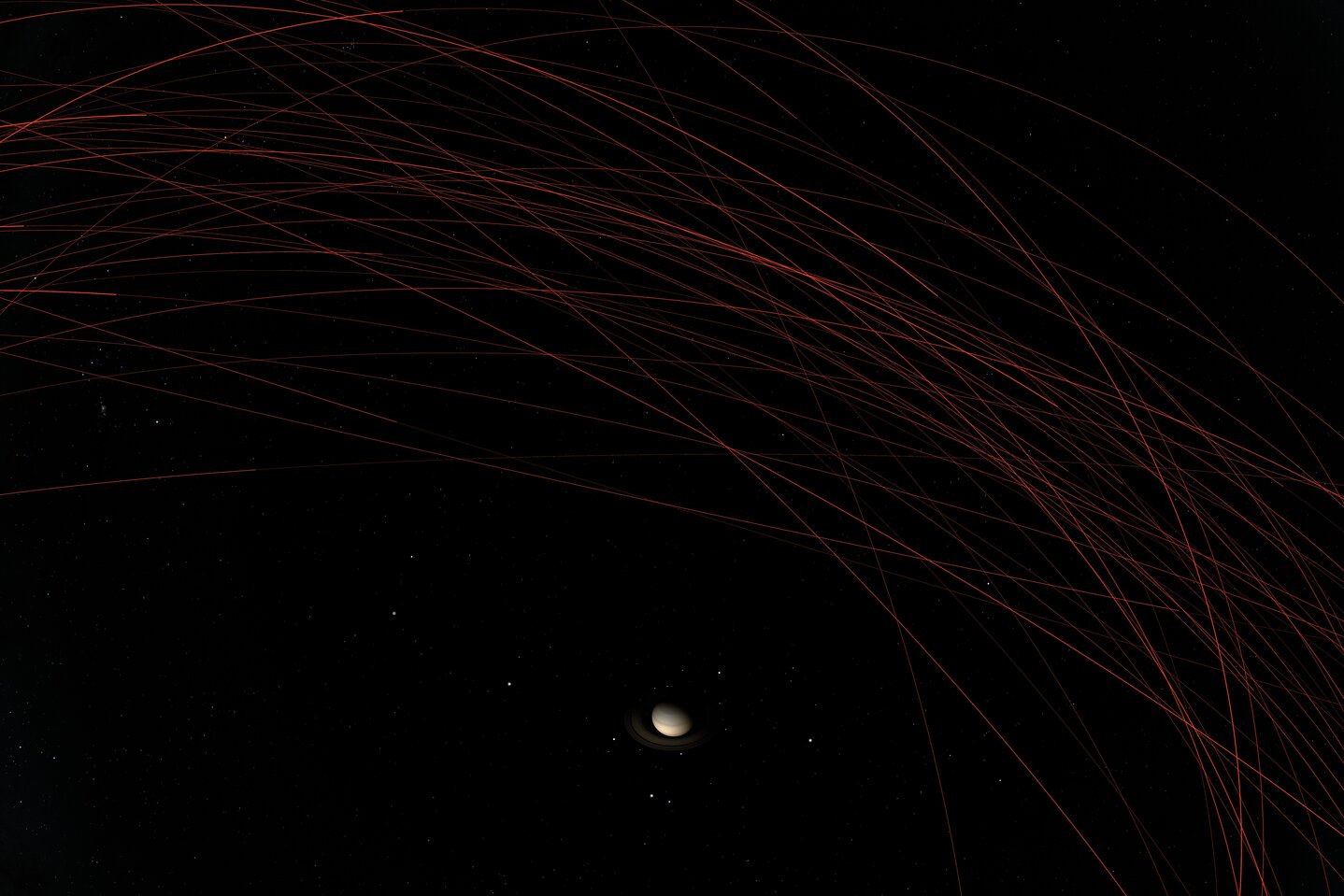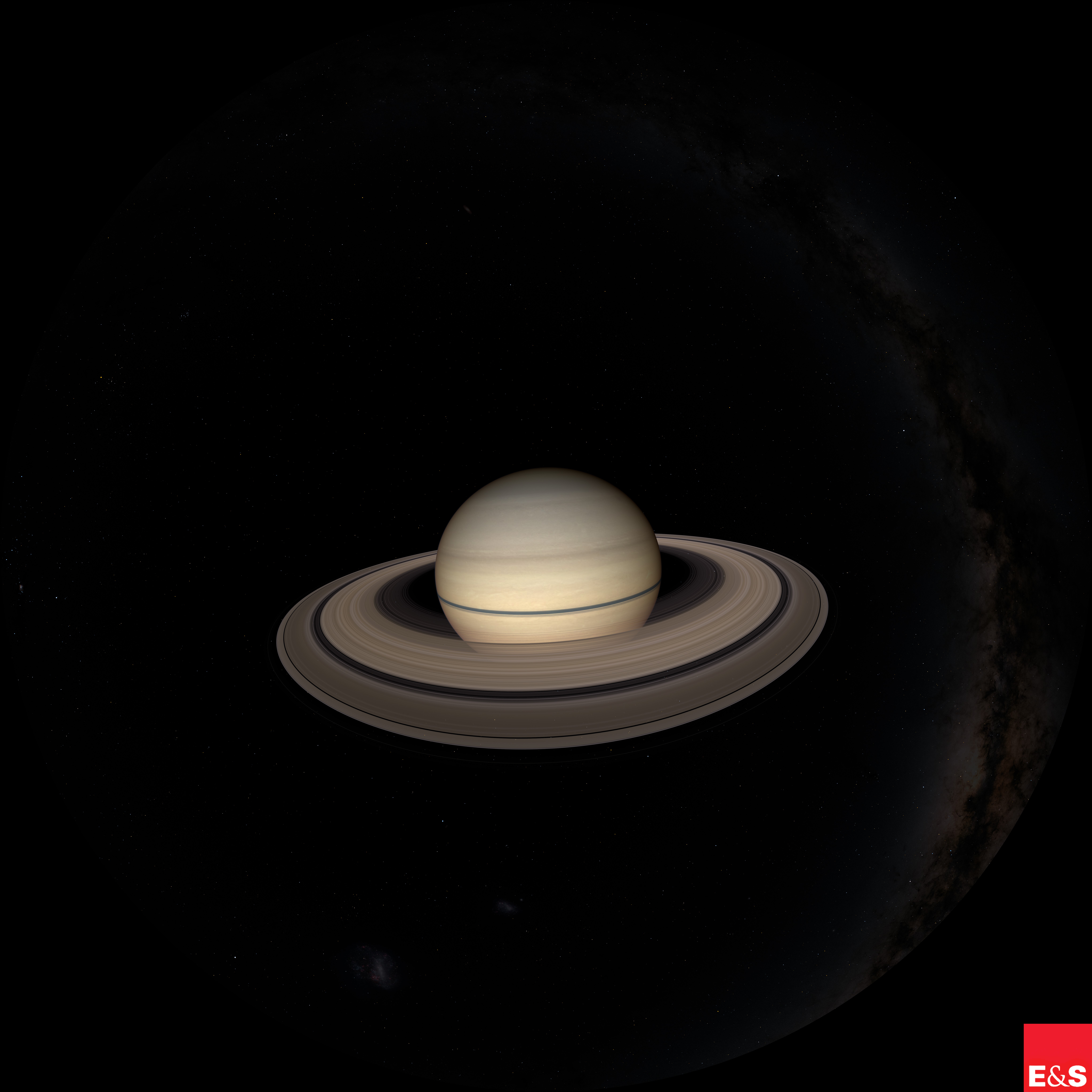
In addition to the sun and the eight planets, our solar system is also home to many different astronomical small bodies. However, some of these objects do not primarily orbit the sun, but have an orbit around a planet.
This is called a moon!
Moons or satellites are natural satellites and have a primary orbit around another, more massive object, which in turn orbits the sun. The best example of a moon for us is our Earth's moon!
Et takes 27.3 days for it to orbit the Earth and accompany it on its orbit around the sun. The origin of the moon has not yet been fully clarified, but the most popular theory at the moment is the collision theory, according to which in the prehistoric age of the solar system a Mars large body called Theia crashed into the young proto-Earth. The debris resulting from this collision then formed the moon!
But not all moons co-evolved with their planet. There is also a theory that planets can also capture passing objects through their gravitational pull and pull them into an orbit around them.
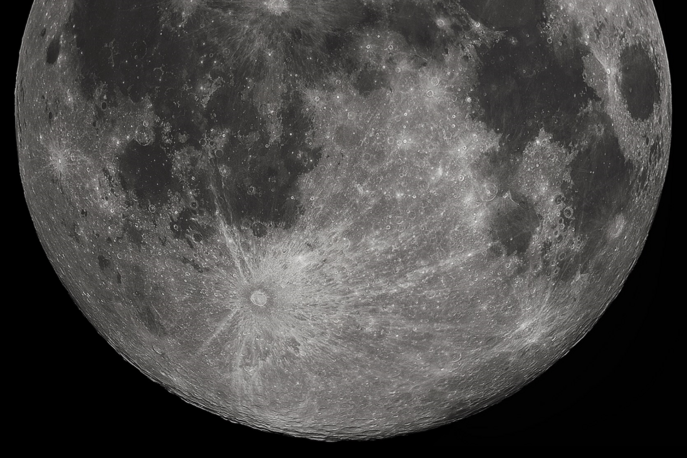
This theory is used for many of Saturn's moons, for example.
It is the record holder for the most moons at the top of the solar system. At the beginning of March 2025, a further 128 moons of Saturn were discovered, bringing its total number to 274 moons!
Its famous rings, which in turn consist of many small chunks of ice, are also home to moons here and there, which in turn stabilize the shape of the rings with their gravity. One of these shepherd moons is Pan, for example, which we always like to present in the planetarium!
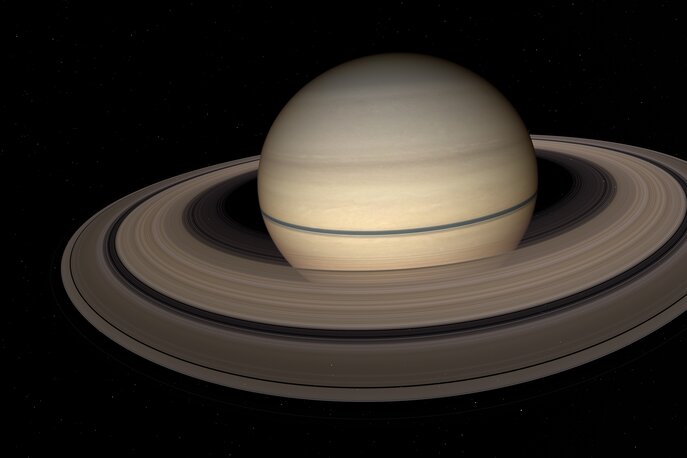
So we can confidently say that Saturn really is the king and ruler of the moons!
Author

Dorothea Holzschuh
Teamleader Planetarium
